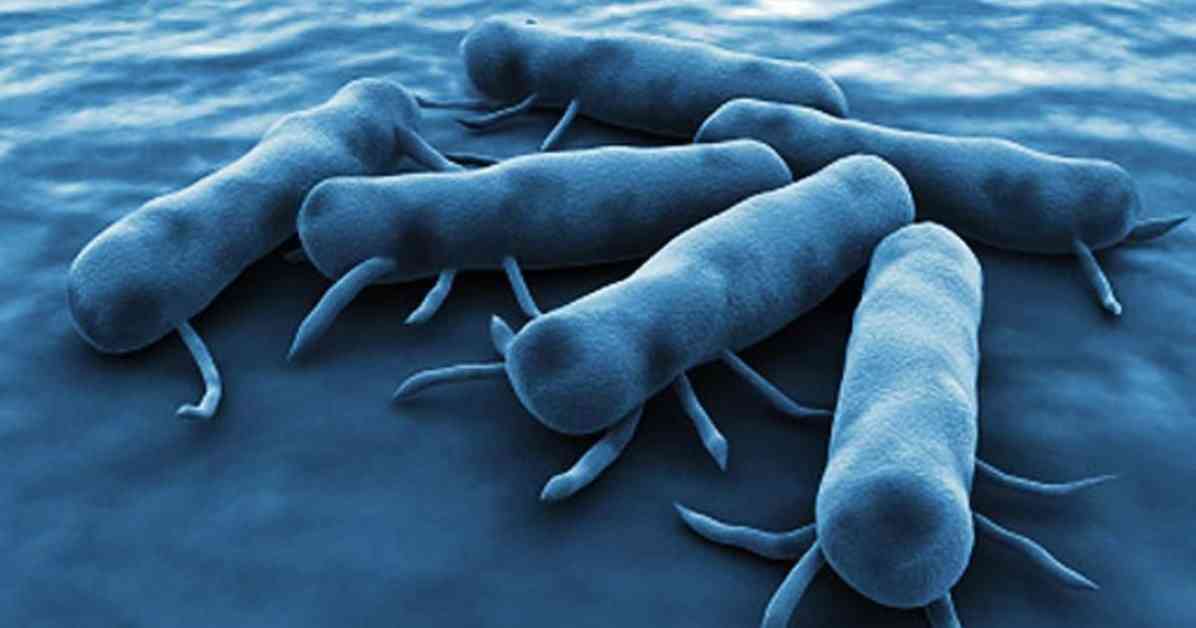Salmonella, a well-known culprit behind food poisoning, has been the focus of a recent study conducted by scientists at the University of California, Davis. This research has revealed the deceptive behavior of Salmonella when it enters the human gut, shedding light on how the bacteria manipulates its environment to establish infections.
The study found that Salmonella alters the gut’s nutrient balance in its favor by colonizing the small intestine and causing inflammation of the gut lining. This inflammation disrupts normal gut function and triggers nutrient malabsorption, particularly of amino acids, which Salmonella uses to thrive and proliferate within the colon.
Lead author Andreas Bäumler explains that Salmonella’s ability to draw nutrients from the gut’s protective compounds enables its survival and growth despite the gut’s defenses. The bacteria manipulates enzyme activity to break down amino acids and create an environment conducive to its growth, overriding the inhibitory effects of short-chain fatty acids.
The research team used mouse models to observe the impact of Salmonella infection on nutrient absorption, confirming the bacteria’s role in altering the gut environment. This discovery has implications for inflammatory bowel disorders like Crohn’s disease and ulcerative colitis, highlighting the importance of understanding how pathogens adapt to inspire new treatments.
In a separate study, DNA aptamers were identified as promising tools for diagnosing infections caused by Salmonella Typhi, the bacteria responsible for typhoid fever. These aptamers target the pathogen’s hemolysin E protein and offer quick and precise diagnostic capabilities, particularly beneficial for regions lacking adequate healthcare resources.
The aptamers, referred to as “chemical antibodies,” can be produced rapidly and with less expense than traditional antibodies, enhancing accessibility to diagnostic processes. Their specificity and binding affinities, especially to the HlyE antigen, have shown promise as biomarkers for typhoid fever diagnosis.
With around 9.2 million cases of typhoid fever reported annually, developing diagnostic tools like aptamers against HlyE could significantly improve public health mechanisms, allowing for timely diagnosis and effective treatment. The use of aptamers offers advantages in terms of stability, specificity, and rapid production, hinting at broader potentials for their application across various infections beyond typhoid.
Overall, the research on Salmonella and its clinical applications is paving the way for new directions in healthcare strategies. By unraveling Salmonella’s deceptive survival tactics and developing innovative diagnostic tools, there is hope for interventions to support gut health and combat the diseases it causes, offering promising outcomes for public health advocates.




